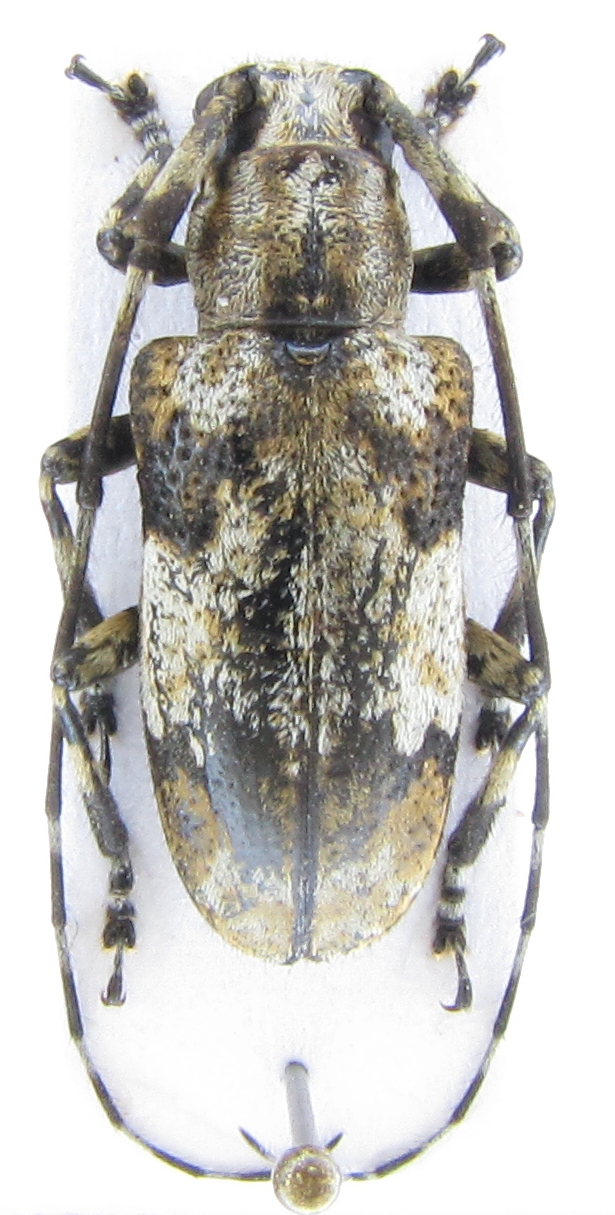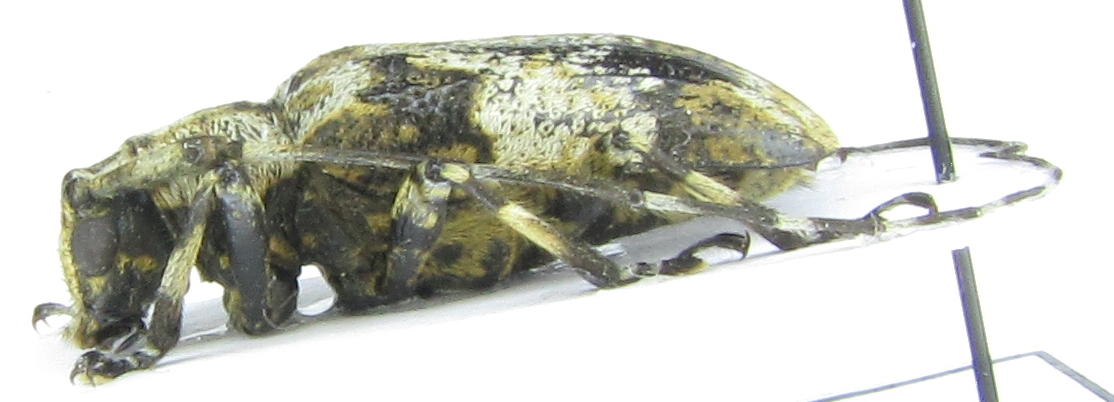| T O P I C R E V I E W |
| Vitali |
Posted - 23/01/2014 : 22:24:53

453.28 KB
Lost in Mesosa... Too many species with similar pattern.
18 mm. |
| 14 L A T E S T R E P L I E S (Newest First) |
| Francesco |
Posted - 20/10/2018 : 17:00:31
Yes, you must have written 50 visible messages. |
| Vaibhav |
Posted - 20/10/2018 : 13:40:08
quote:
Originally posted by Xavier
ok for me with Mesoereis bifasciata (Pic, 1925). holotype picture is here.
You also can compare the under face with my photo.
Sir i cant enter in Holotype link |
| jplami |
Posted - 27/09/2017 : 19:36:55
ok with Mesoereis bifasciata (Pic, 1925) |
| Xavier |
Posted - 27/09/2017 : 13:19:00
ok for me with Mesoereis bifasciata (Pic, 1925). holotype picture is here.
You also can compare the under face with my photo. |
| Vitali |
Posted - 27/09/2017 : 08:43:56
OK, Francesco. I learned something new  . I did not earlier pay attention that the author can completely delete his message. So, I deleted my message preceding MONO's suggestion. . I did not earlier pay attention that the author can completely delete his message. So, I deleted my message preceding MONO's suggestion.
Anyway, I do believe that MONO is right and the beetle is Mesoereis bifasciata (Pic, 1925). |
| Francesco |
Posted - 27/09/2017 : 06:58:39
Dear Vitali, I think you should cancel your sentence as well... |
| Vitali |
Posted - 26/09/2017 : 22:33:55
Dear MONO. In fact, when I wrote that you are right, I replied to your suggestion about Mesoereis bifasciata (Pic, 1925). I really agree with it.
BUT... you placed this suggestion past week, while I replied today. I cannot see your add anymore. So, the question to moderators of the Forum - How is it possible that MONO's add, written past week, disappeared? |
| MONO |
Posted - 26/09/2017 : 18:36:50
Hi! Mr Vitali! why not Mesoereis bifasciata (Pic, 1925)? |
| Vitali |
Posted - 28/01/2014 : 10:36:12
Hi Francesco. Do you consider as a possibility that this species belongs to Agelasta (Dissosira)? This seems to be the only possibility in Agelasta as according to Yamasako & Ohbayashi, Psyche 2011, 2012 this subgenus includes species with “pronotum without five distinct tubercules on disk”, no erected hairs and weak shoulders.
But if we consider the whole set of characters given in this work for Dissosira, it seems that my beetle does not correspond to it. I copied below a redescription of pronotum, where the disagreeing characters are given in red:
“Pronotum wider than long, with some indistinct discal tubercles; each side near apical margin usually with a small dull projection. Prosternal process with extremity usually well swollen posteroventrally, almost truncate in lateral view, but sometimes hardly swollen and more or less roundly sloped in lateral view. Mesosternal process with a well-developed tubercle on the center near the apex and roundly projected anteroventrally, almost truncate in lateral view.”
Maybe I am making a mistake somewhere(?).
|
| Francesco |
Posted - 27/01/2014 : 22:12:35
mmhm.. it is not so easy: the new definitions of Mesosa, Agelasta and Pachyosa made by Yamasako & Ohbayashi (2011, 2012) are no longer based on this character but on the genitalia.
At this point, I can no longer recognize the genera at fist view... |
| Vitali |
Posted - 25/01/2014 : 14:17:11
The locality label tells: Mt. Nanling, Ruyan, Guangdong.
Concerning Agelasta vs Mesosa. I hope I did not overlook the difference in prosternal projection. The beetle is glued but probably you can confirm Mesosa looking at the following photo. The projection is not vertical, flat and situated deeper between coxae:

217.27 KB |
| Francesco |
Posted - 24/01/2014 : 22:17:25
By following Aplocnemia, I reach Mesosa tonkinea...and if it were Agelasta (near quadrimaculata)? |
| Xavier |
Posted - 24/01/2014 : 13:22:33
Do you know from where in China ? |
| Vitali |
Posted - 24/01/2014 : 10:20:02
Should belong to sg Aplocnemia. |


